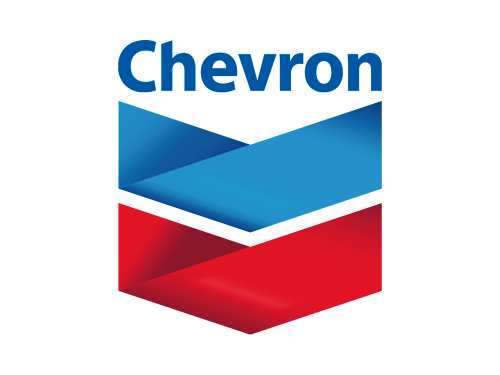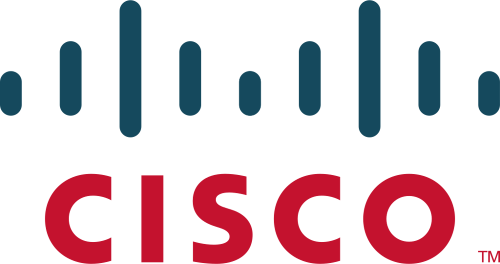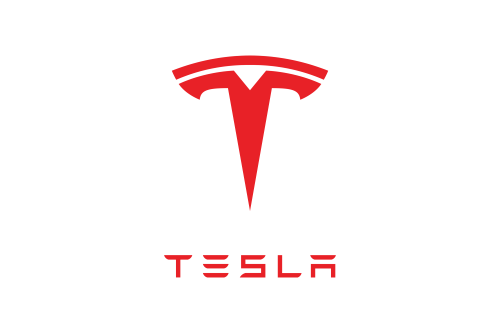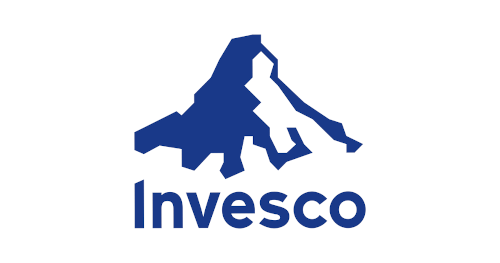Neocloud refers to a new wave of specialized cloud providers focused on delivering massive, high-performance GPU compute for intense artificial intelligence (AI) and machine learning (ML) workloads. These platforms differentiate from traditional hyperscalers by prioritizing raw accelerator performance, ultra-low-latency interconnects, rapid scale, and flexible access to cutting-edge GPU infrastructure.
Key Characteristics of Neoclouds
Key characteristics of neocloud operators include:
- Purpose-built for AI and HPC. Infrastructure is engineered around GPUs, accelerators, and high-bandwidth fabrics, rather than general-purpose compute.
- High-speed interconnects. Technologies such as InfiniBand, NVLink, or NVSwitch enable fast node-to-node communication and distributed training.
- Rapid provisioning and elastic access. Customers expect immediate availability of GPU capacity without long procurement or deployment cycles.
- Usage-aligned pricing. Pricing models are typically more predictable and aligned with intensive GPU consumption patterns.
- Optimized density and cooling. GPU racks operate at exceptionally high power densities, requiring specialized cooling systems, rear-door heat exchangers, cooling distribution units (CDUs), and real-time thermal management.
- Customer choice and flexibility. Many providers offer a mix of bare metal, cloud instances, and hybrid deployments to accommodate training, fine-tuning, and inferencing workloads.
Examples of Neocloud Providers
Some neocloud providers are:
- CoreWeave. A prominent GPU cloud provider serving AI and VFX workloads, backed by major industry partnerships.
- Lambda Labs. Offers cloud-based and on-premises GPU infrastructure with a strong focus on developers and research.
- Crusoe. Emphasizes sustainability by powering GPU data centers with stranded or renewable energy.
Challenges of Managing Neocloud Infrastructure
Managing neocloud infrastructure presents unique challenges such as:
- Scaling GPU capacity at extreme density. Sustained GPU loads push power and cooling systems to their limits, requiring precise modeling and continuous telemetry to avoid constraints.
- Rapid hardware lifecycle and procurement. GPUs evolve quickly, and maintaining competitive performance means frequent refreshes, logistics coordination, and migration planning.
- Precise tenant-level utilization and billing. Usage-based pricing depends on accurate alignment between physical GPU resources, time-series power data, and customer allocation.
- Integrating physical constraints with schedulers. Cluster orchestrators need real-time insight into rack power capacity, thermal limits, and network topology to make safe placement decisions.
- Maintaining ultra-low-latency networks. InfiniBand and other high-bandwidth fabrics require meticulous documentation, monitoring, and change control.
- Rapid provisioning workflows. To meet customer demand, operators must deploy new nodes, racks, and fabrics quickly, consistently, and without minimal human error.
- Multi-tenant isolation and SLA protection. Neocloud operators must avoid performance degradation across tenants and proactively detect thermal or power events that could interrupt long-running AI training jobs.
- Energy governance and sustainability reporting. Providers need to measure and attribute energy usage accurately, especially if sustainability is part of the value proposition or customer requirement.
How DCIM Software Supports Neocloud Providers
Data Center Infrastructure Management (DCIM) software provides the monitoring, documentation, and planning capabilities needed to manage neocloud infrastructure effectively.
Modern DCIM software provides:
- Power monitoring to reduce risk and maintain uptime. Neocloud GPU racks operate at extreme power densities. DCIM software can monitor real-time power consumption at the rack and device level, helping operators maintain uptime and redundancy to support uninterrupted AI and ML workloads.
- Environment monitoring to optimize cooling. High-density GPU deployments generate intense heat. DCIM software monitors and alerts on environmental parameters like temperature and humidity, allowing teams to optimize cooling, prevent hotspots, and maintain safe operating conditions for sustained workloads.
- Capacity planning to optimize resource utilization. Capacity planning capabilities in DCIM software model used and available space, power, cooling, and data/power port resources. Operators can know if they can deploy new nodes and racks to maximize utilization of existing facilities and scale infrastructure to meet rapid AI demand.
- 3D digital twin for remote planning and troubleshooting. DCIM software provides a visual, 3D representation of GPU devices, racks, and physical connections, and can overlay live measured power and environmental readings on the site floor map. Operators can remotely plan deployments and troubleshoot issues without physically accessing the data center.
- Integration to enable a single pane of glass. By integrating DCIM with multi-vendor tools like CMDB, ticketing, private/public cloud, server infrastructure management, and network infrastructure management systems, operators can gain a centralized, unified view of key information, reduce manual effort, and improve cross-team collaboration and decision-making.
- Accurate and complete asset and configuration information. DCIM software can track and model every device, physical connection, and supporting infrastructure objects. This enables operators to have full visibility into physical infrastructure, supports maintenance and lifecycle planning, and enables enhances resource allocation for multi-tenant AI workloads.
Want to see how Sunbird’s DCIM software can help you optimize your hybrid infrastructure? Get your free test drive now.
Related Links
- Manage High-Density AI Infrastructure with DCIM Software
- The Growing Importance of Load Optimization in High-Density Racks
- NVIDIA H200 Power Requirements: Can Your Racks Support Them?
- How Much Power Does a NVIDIA GB300 NVL72 Need?
- Can Your Racks Support NVIDIA DGX H100 Systems?
- Is Your Data Center Ready for the NVIDIA GB200 NVL72?




























